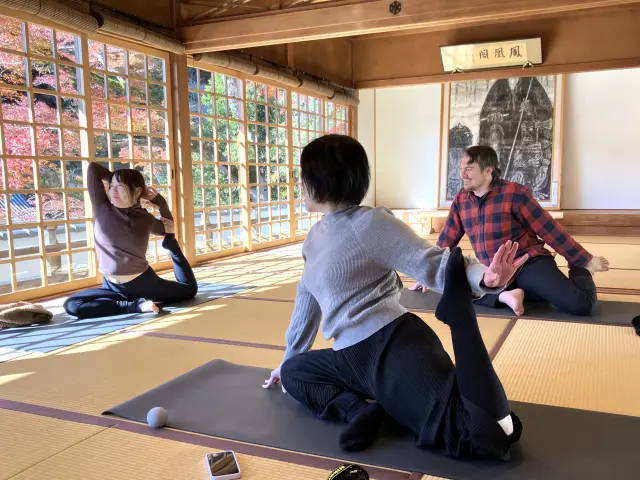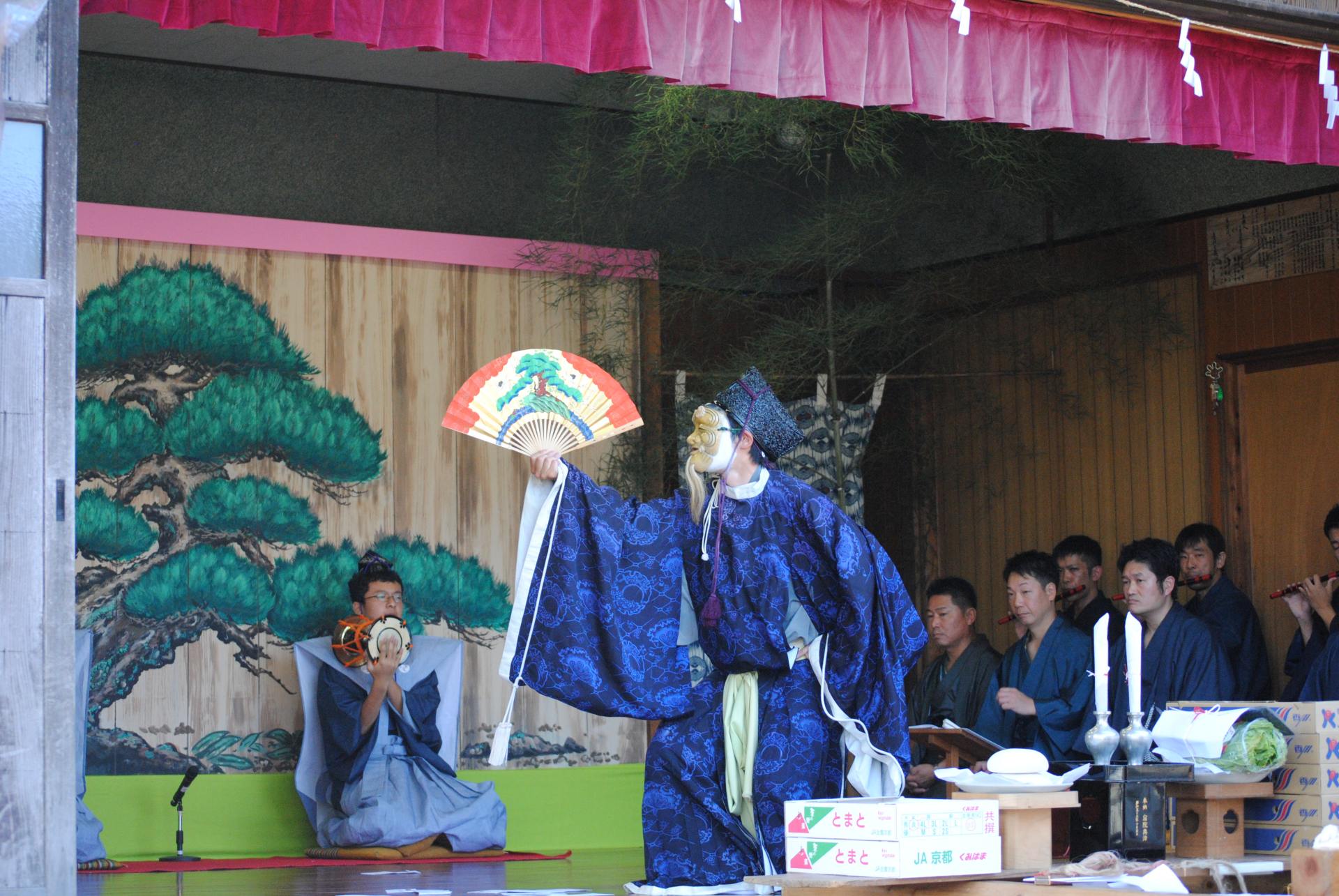
Kami-cho no Sanbanso
Last update
The Sanbanso Dances of Kamicho
Hyogo Prefecture, Kansai
Prefecturally designated Important Intangible Folk Cultural Property
Facing the Sea of Japan, Kamicho, Hyogo is home to a coastline and beautiful natural scenery. Dynamic, powerful dances of offering are performed in seven areas of the town.
The Sanbanso Dances of Kamicho performed in seven areas of the town are a traditional performing art carried on by the locals. The melodies and subtle movements differ depending on the area, and each one is worth seeing. Nearly 60% of Kamicho, Hyogo is designated as an ecological park. The Kasumi area on the north side of the town faces the Sea of Japan, and is home to Kasumi Port, one of the leading fishing grounds in the San’in region. This neighborhood is famous for its seafood such as Kasumi Crab, features a collection of commercial and government facilities, and is the center of Kamicho. The entire area of the town is included in San'in Kaigan Geopark, where there are many precious geological monuments such as steep cliffs and volcanic rock.
The Sanbanso Dances of Kamicho are an Important Intangible Folk Cultural Property that celebrate a productive harvest, and are performed each autumn in six areas of Kasumi and one area of Ojiro.
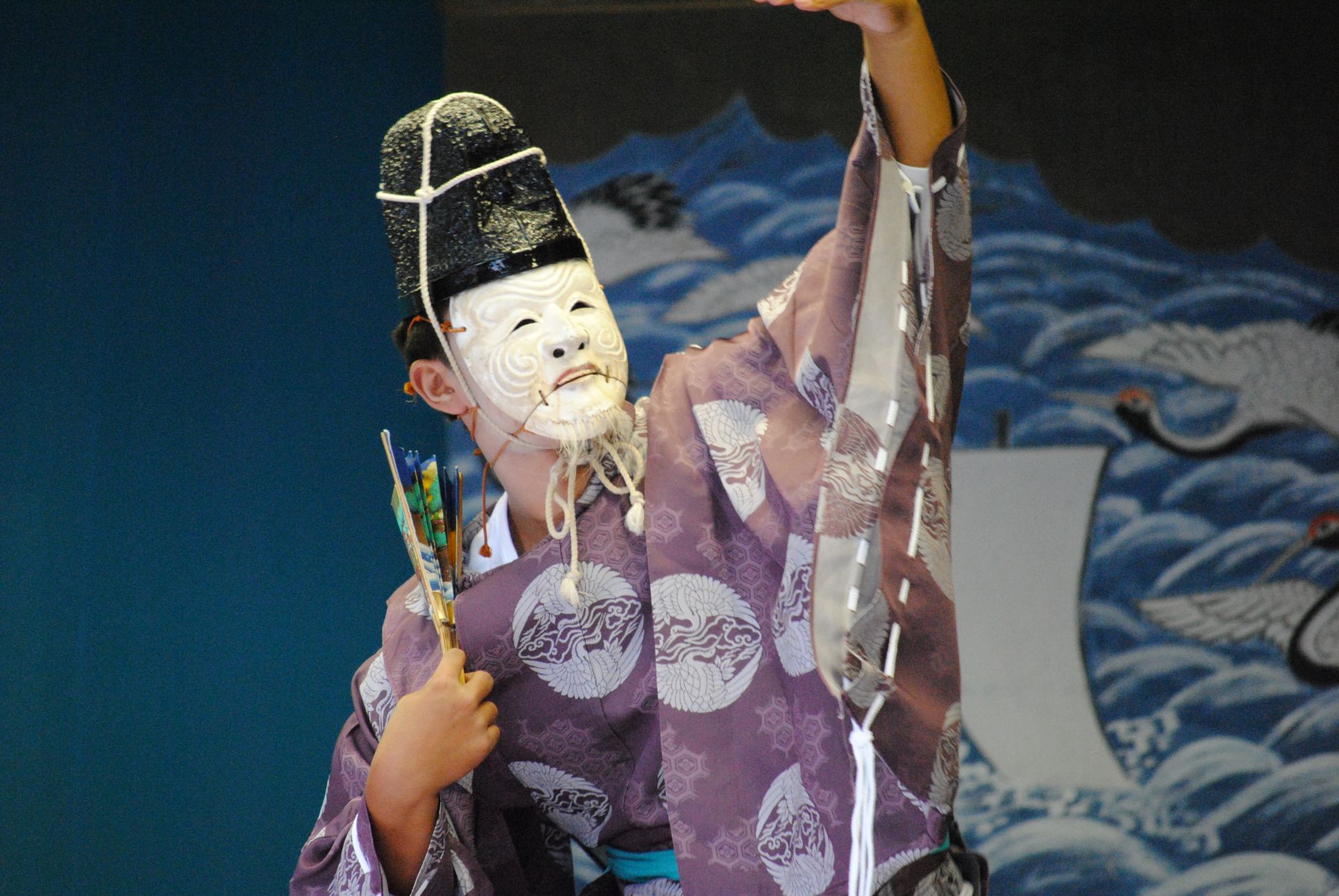
Performing the Okinoura Sanbanso, a dynamic, powerful dance.
The Sanbanso Dance is a traditional performing art that celebrates a good harvest. Also called the Okinamai, or “Grandfather Dance,” the Sanbanso was performed in different regions, and originally had a miraculous atmosphere. It was first performed during the Muromachi Period, but in Kamicho, it dates to the mid-Edo Period. It begins with a unique lyric “tou-tou-tarari, tararira…” and during the performance, three characters appear, including the Grandfather, portraying the village headman, young Senzai, and Kurokijo the farmer. The three characters perform a powerful stomping dance around the stage to the rhythm of a chant, wooden clappers, flutes, and hand drums.
In Kamicho, which is situated in northern Hyogo Prefecture, the Sanbanso Dance has been handed down among the six areas of Kasumi (Hitoichi, Kasumi, Mori, Shimonohama, Kundani, and Okinoura) and Ojiro (Niiya). Since 2018, these dances have been collectively called the Sanbanso Dances of Kamicho, and were designated as an Important Intangible Folk Cultural Property by Hyogo Prefecture.
The Sanbanso Dances are performed each October at the Kasumi-jinja Shrine. The boys that perform the dance train earnestly for about one month before the festival.
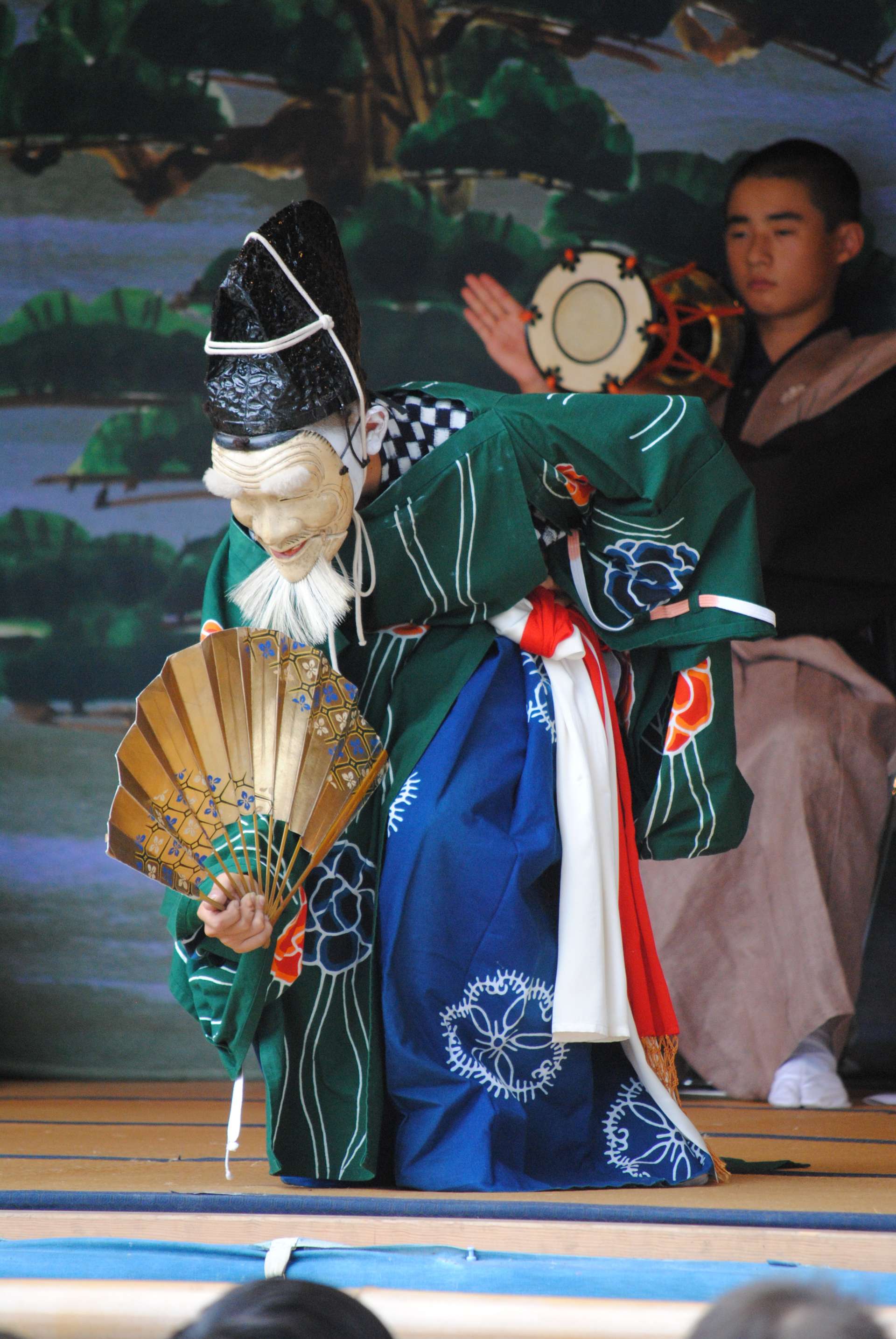
The Kundani Sanbanso Dance. Experiencing and comparing the different melodies in each area is just one way to enjoy the festival.
It is quite rare in Japan for Sanbanso Dances to be handed down in such a fashion in a single area, and to be called Sanbanso rather than Sanbaso. Also, although the Sanbanso Dances of Kamicho have their roots in the Noh Okinamai Dance, it is only in Ojiro Niiya that the Ninin Sanbanso is preserved due to the influence of Kabuki.
The Sanbanso Dances of Kamicho are performed each October at the Kasumi-jinja Shrine in each area. Although the main flow of the dances remains the same, one of the highlights is that the melodies and subtle movements differ in each area. In many places, the three roles of the Grandfather, Senzai, and Kurokijo are performed by boys. In these areas, the young men begin training more than one month before the performance, practicing each day until the day of the festival. The locals are passionate about this traditional performing art, and these feelings are passed on from parents to children. During the Kasumi Sanbanso Dance, from around 9:00 A.M. to 7:00 P.M. on the day before the autumn festival, the area headman, representatives from Kasumi-jinja Shrine, and the dancers go around town and visit homes with reasons to celebrate, such as newly built houses, those with newborn babies, and prosperous businesses to perform the Sanbanso Dance.
Enjoy a wealth of sightseeing spots such as the geopark with dynamic scenery created by the power of nature, and a seaside train station made famous as the shooting location of TV dramas.
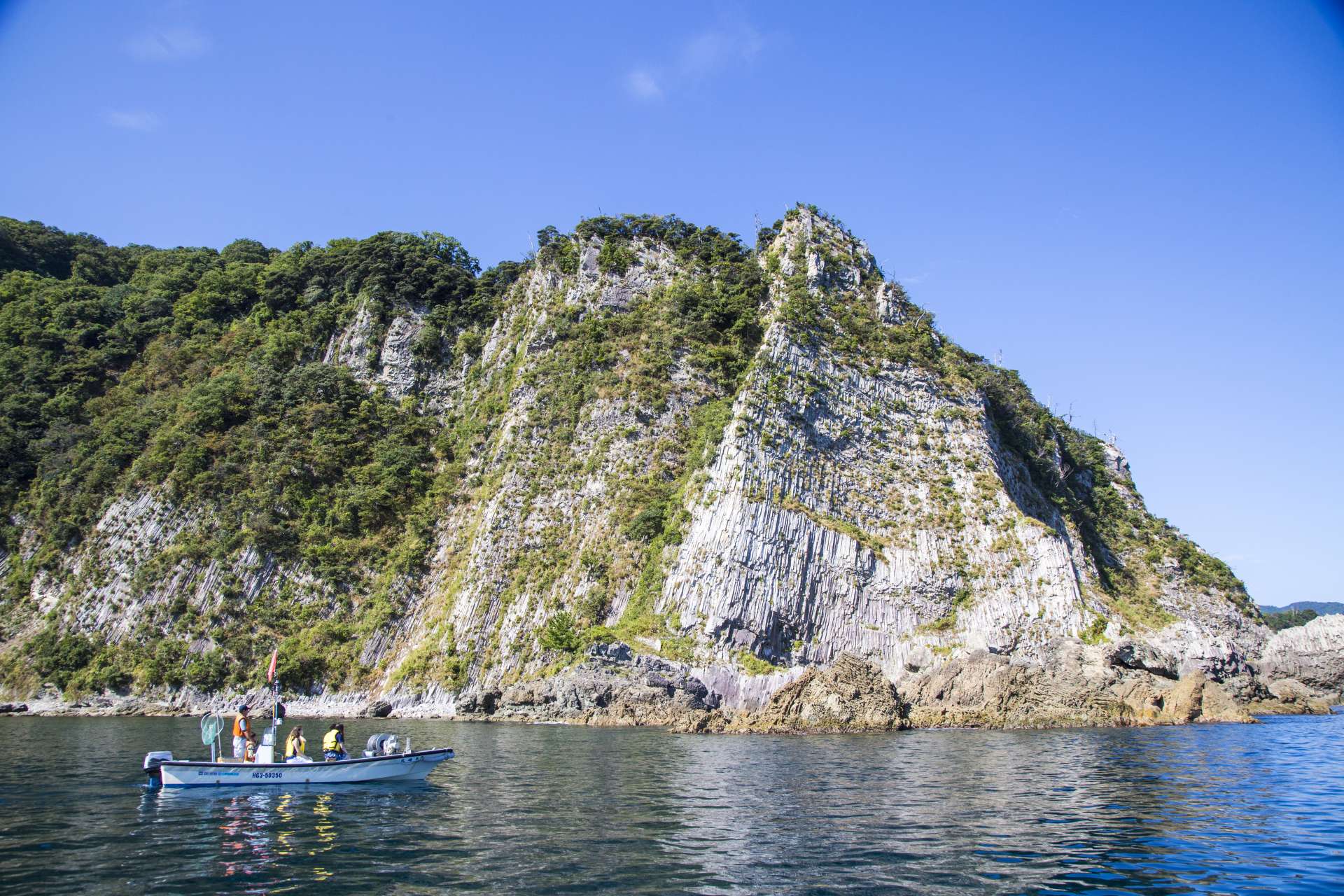
The Marine Geotaxi allows visitors to get up close to Yoroi no Sode, a nationally designated natural monument.
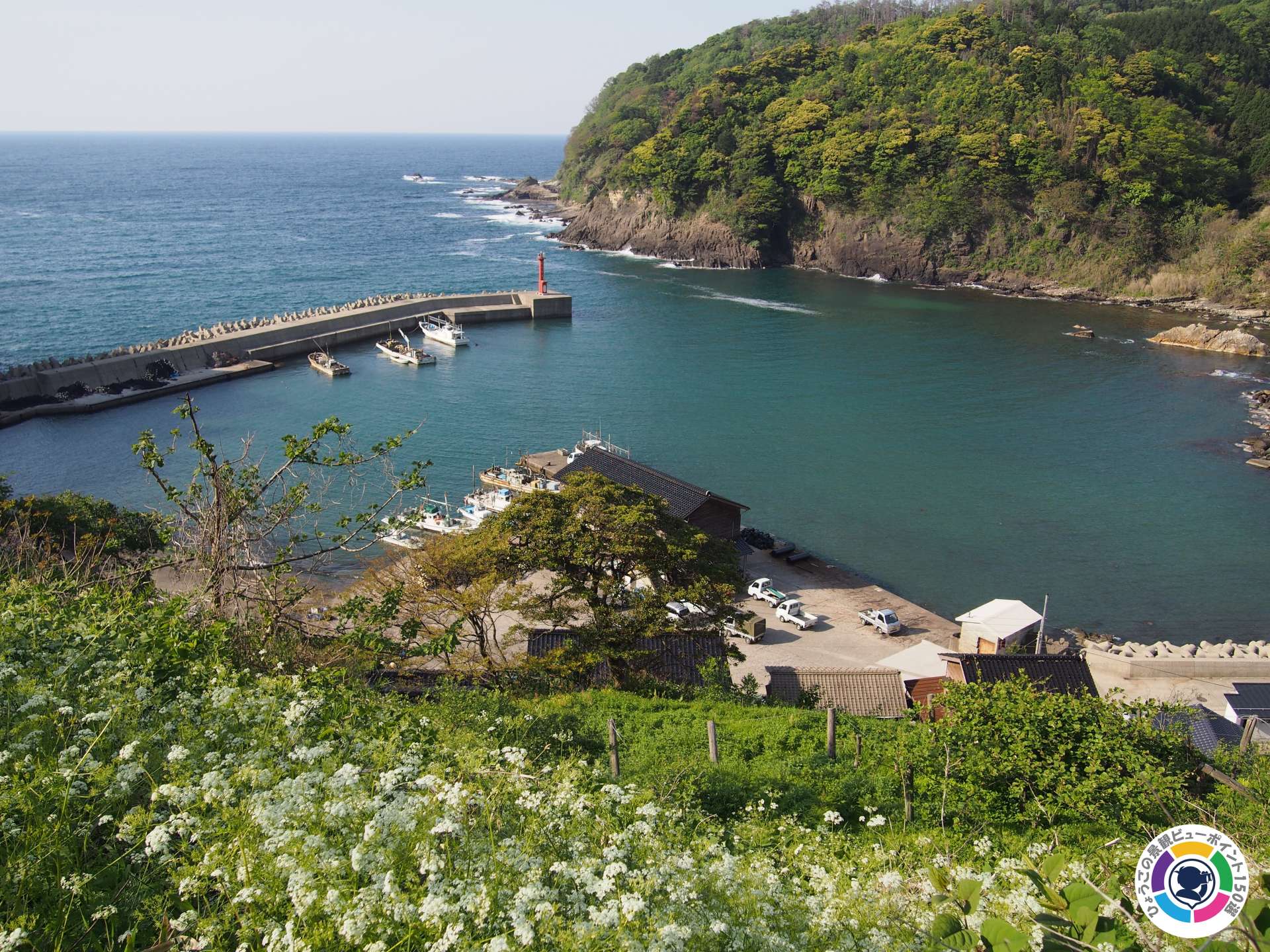
Yoroi Station, with its nostalgic scenery, is well known as a shooting location for movies and TV dramas.
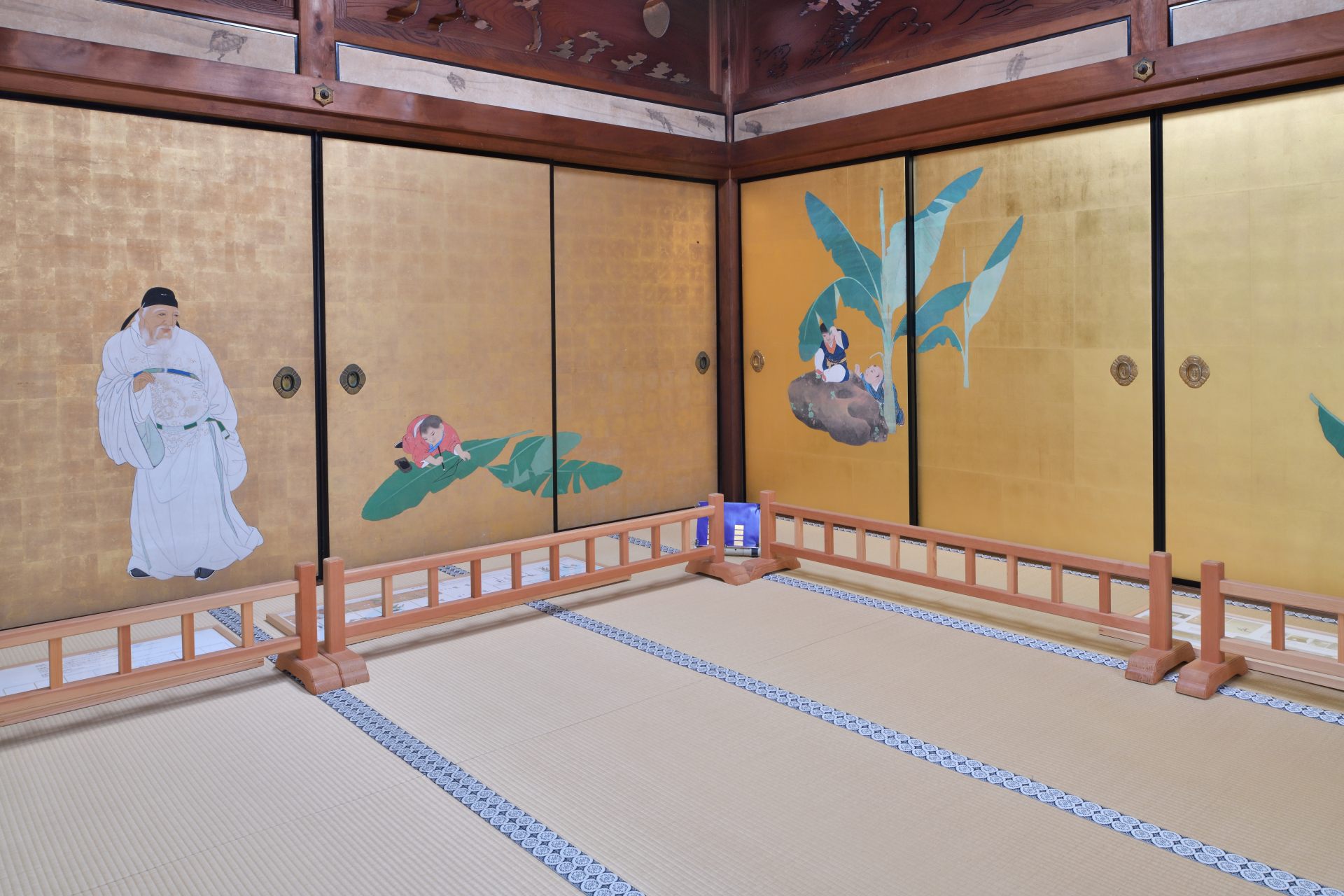
Daijo-ji Temple, with its sliding panel paintings by Maruyama Okyo is also known as “Okyo-dera Temple.”
The Kasumi area in Kamicho facing the Sea of Japan is contained in San'in Kaigan Geopark, which is home to gorgeous views of many natural features. These include Yoroi no Sode, a nearly 70 meter tall, 200 meter wide cliff which is a nationally designated natural monument whose face consists of countless column shaped rocks. Visitors will also find Takanosujima Island, a strange rock created by the eroding Yoroi no Sode, and Kujaku Cave, which looks like the silhouette of a peacock spreading its wings. Geopark & Uminobunkakan is a great place for those who want to learn more about the charms of the geopark and Kamicho.
The Amarubesaki Lighthouse in Misaki, which is known as the legendary Heike village, is famed for being the highest lighthouse in Japan, with its beam being able to reach all the way to Togocho, Tottori in the west, and to Kyogamisaki Cape in Kyoto in the east. This spot was chosen as one of the 100 most picturesque sunset spots in the country, and a great sunset spot in Kasumi. Yoroi Station, the seaside train station named after Yoroi no Sode, is a famous filming location for TV dramas such as Futarikko and Suna no Utsuwa. From old platform number one, visitors can look down at the gorgeous scenery of Yoroi Fishing Port.
Another spot worth a visit is Daijo-ji Temple, also known as Okyo-dera Temple, where sliding panel paintings of mid-Edo Period artist Maruyama Okyo and his clan can be seen. In the 13 rooms of the guest hall, Okyo and his 12 disciples created 165 screen paintings which are nationally designated Important Cultural Properties.
The Kasumi area is packed with plenty of things to see, including the natural art of the Sea of Japan, and the works of some of the most famous artists of the Edo Period. Come visit and experience their power firsthand.
Photos:Hyogo Prefecture/Kami Cho/Hyogo Tourism Bureau
Check also...

Consider your accommodation in the Kansai area!

Restrictions on Large Baggage

Reviving Past Memories and Emotions! Three spots related to the Food and Fragrance of Awaji Island!!!

Hidden Stories in Stone: Exploring Japan’s Castle Walls

Feel Like a Lord: Castle with Stunning Panorama Views

Experience the True Essence of Japan through Castles, Cultural Treasures, and Timeless Gardens
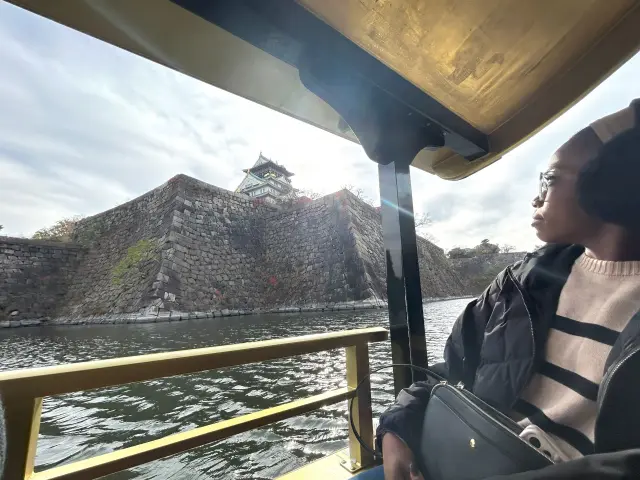
A 3-Day Journey Along the Path of History and Culture: Outlining the Saigoku Kaidō from Osaka
